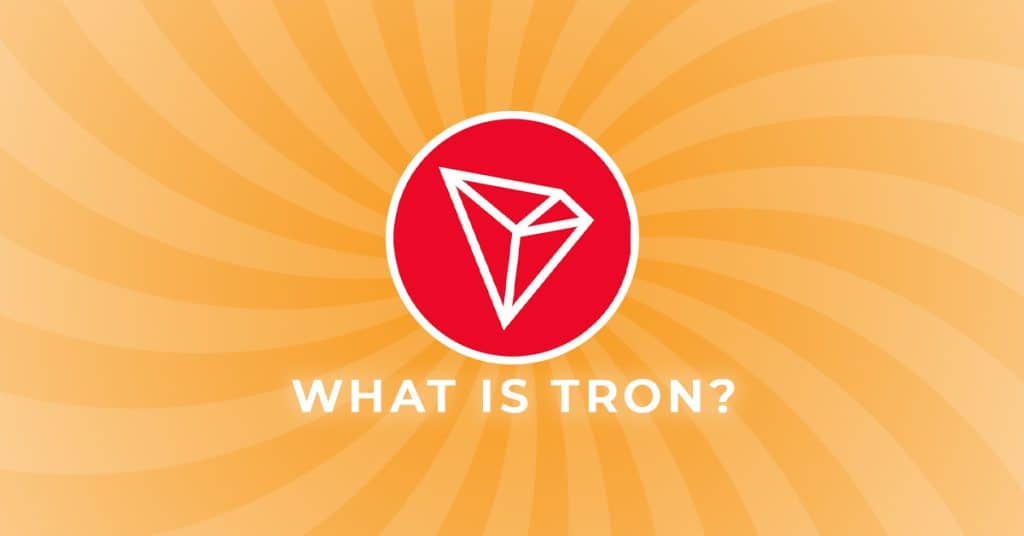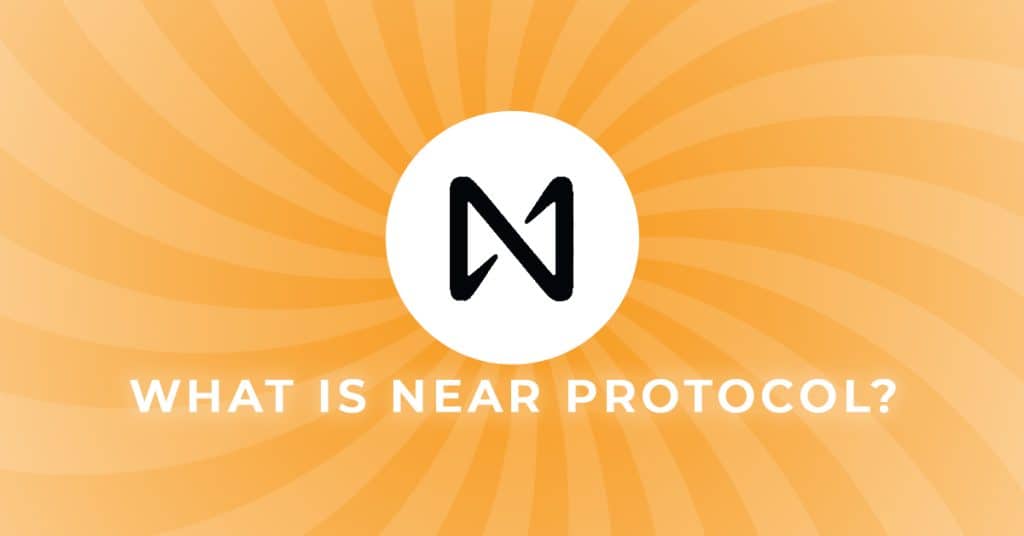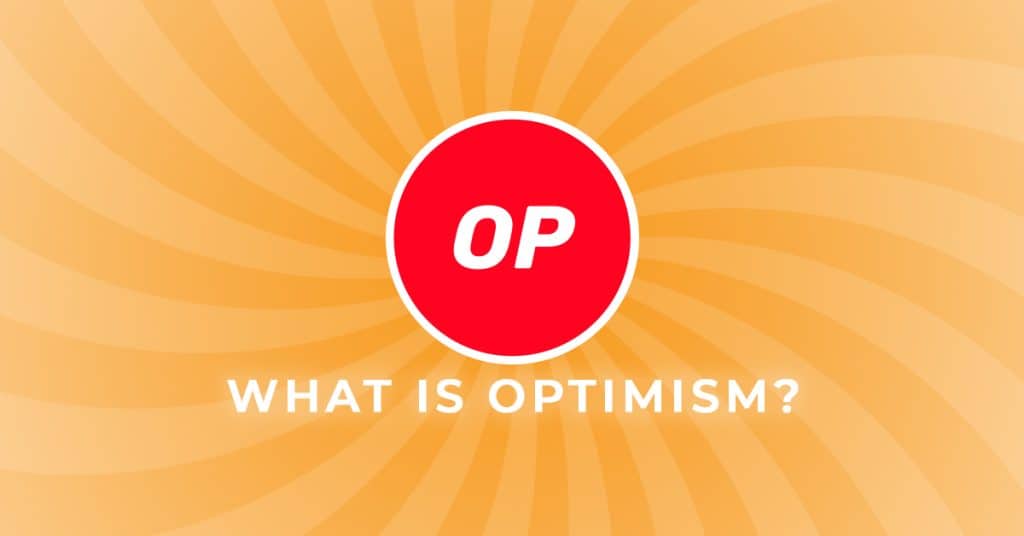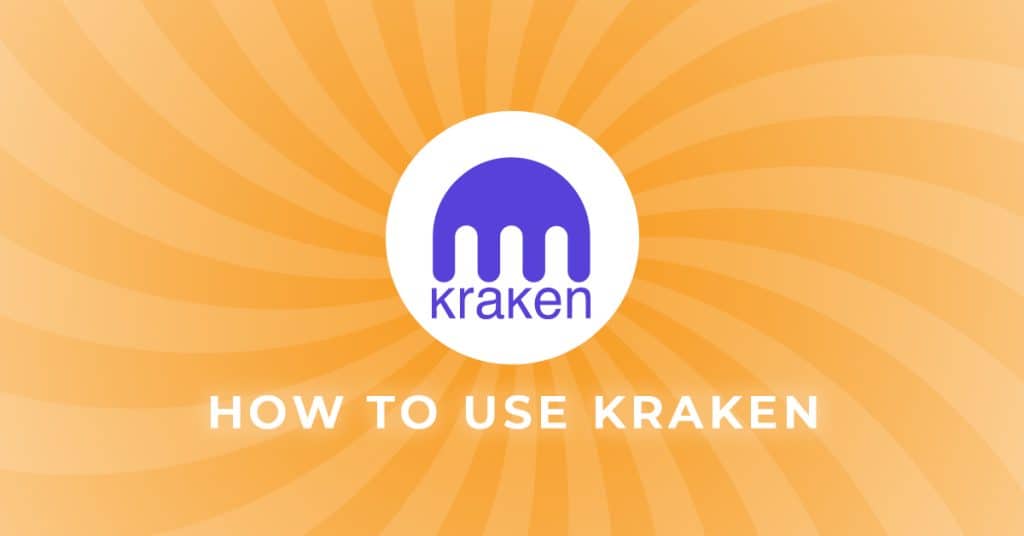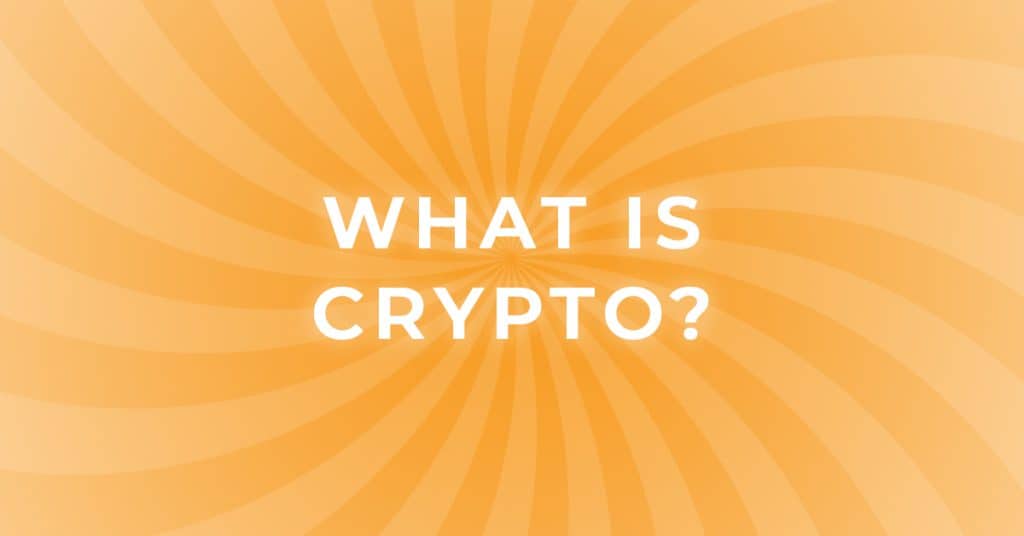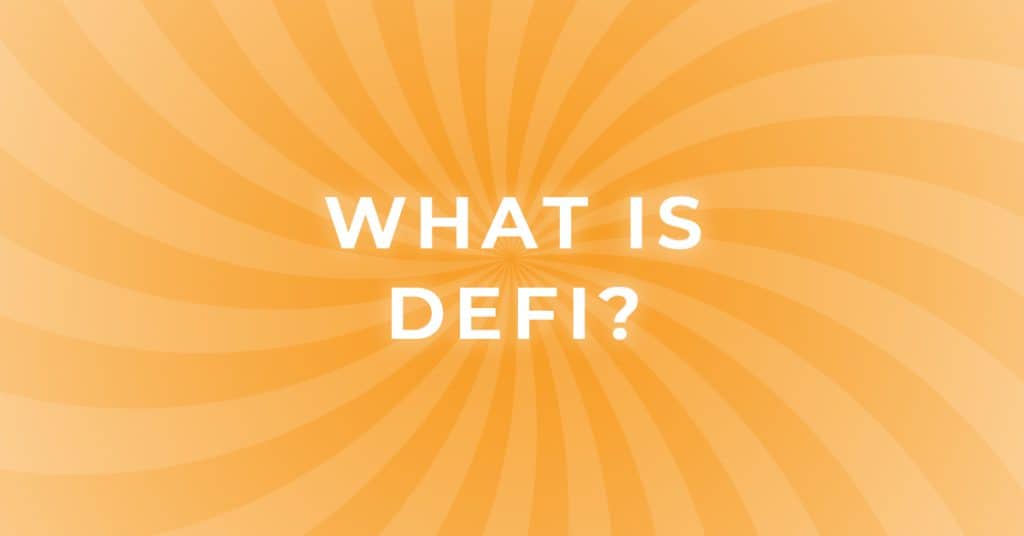What is Polkadot (DOT)? | Polkadot Explained for Crypto Beginners

What is Polkadot?
Polkadot is a multi-chain layer one blockchain, built in a similar way to both Ethereum (ETH) and Cosmos (ATOM). The Polkadot blockchain is another where users can build, launch, and operate their own blockchains – creating ecosystems of cryptocurrencies and projects within. One of the reasons Polkadot has several similarities to Ethereum is that it was founded by Gavin Wood (one of Ethereum’s co-founders, and former CTO) alongside Peter Czaban and Robert Habermeier in 2016, with the project launching to the public in 2020. The development of the Polkadot blockchain is overseen by the Web3 Foundation, a Swiss-based company also founded by Wood and Czaban. The Web3 Foundation is also responsible for generating the funding required to support that development.
What Makes Polkadot Unique?
Polkadot is built and designed to support various interconnected, sub-chains called parachains (short for parallelized chains) as well as bridges. Each parachain built within the network uses Parity Technologies’ (another company founded by Wood) Substrate modular framework, allowing developers to select specific components and configurations that suit their parachain best. Polkadot refers to the entire ecosystem of parachains that plug into a single base platform, i.e. the main blockchain as the Relay Chain. This base platform, which also leverages Substrate, does not support application functionality but instead provides security to the network’s parachains and contains Polkadot’s consensus, and voting logic. Bridges will provide users with true interoperability, enabling the transfer of other tokens onto the Polkadot network.
How does Polkadot Work?
The Polkadot network uses a variation of a proof of stake (PoS) consensus called nominated proof of stake (NPoS). This means that anyone who is staking their DOT (the native cryptocurrency) will be performing one of several tasks on the network, and those who do are eligible to receive DOT rewards.
Users staking will either be:
- Validators – validate the data in the parachain blocks
- Nominators – secure the network by delegating their staked DOT tokens to trustworthy validators
- Collators – store the full history of each parachain and aggregate the data into blocks for the network, or
- Fishermen – monitor the network for bad behaviour.
When you hear about Polkadot, you will likely hear of a parachain auction. Parachain slots on the network are in limited supply, and it may be the case that only a few slots open every few months. Eventually Polkadot aims to have 100 slots available. In a parachain auction, projects compete for one of the elusive parachain slots. The parachain slots are sold via an unpermissioned candle auction that has been slightly modified to be secure on a blockchain.
NFTs on Polkadot
Like Ethereum, you can create NFT’s on the Polkadot network. Projects such as Efinity (an NFT bridging chain) and Moonbeam (essentially an EVM – Ethereum Virtual Machine) will allow the implementation of NFT’s into gaming applications, whilst also being able to integrate into the Ethereum wallet, MetaMask.
Supported Wallet
Polkadot is supported by numerous wallets, with plenty of mobile applications available. Some of the common wallets used to store DOT tokens are Token Pocket and Enjin Wallets. Some wallets will allow staking such as Token Pocket, and others will be more suited to the storage of NFTs, in addition to being able to buy or exchange DOT.

